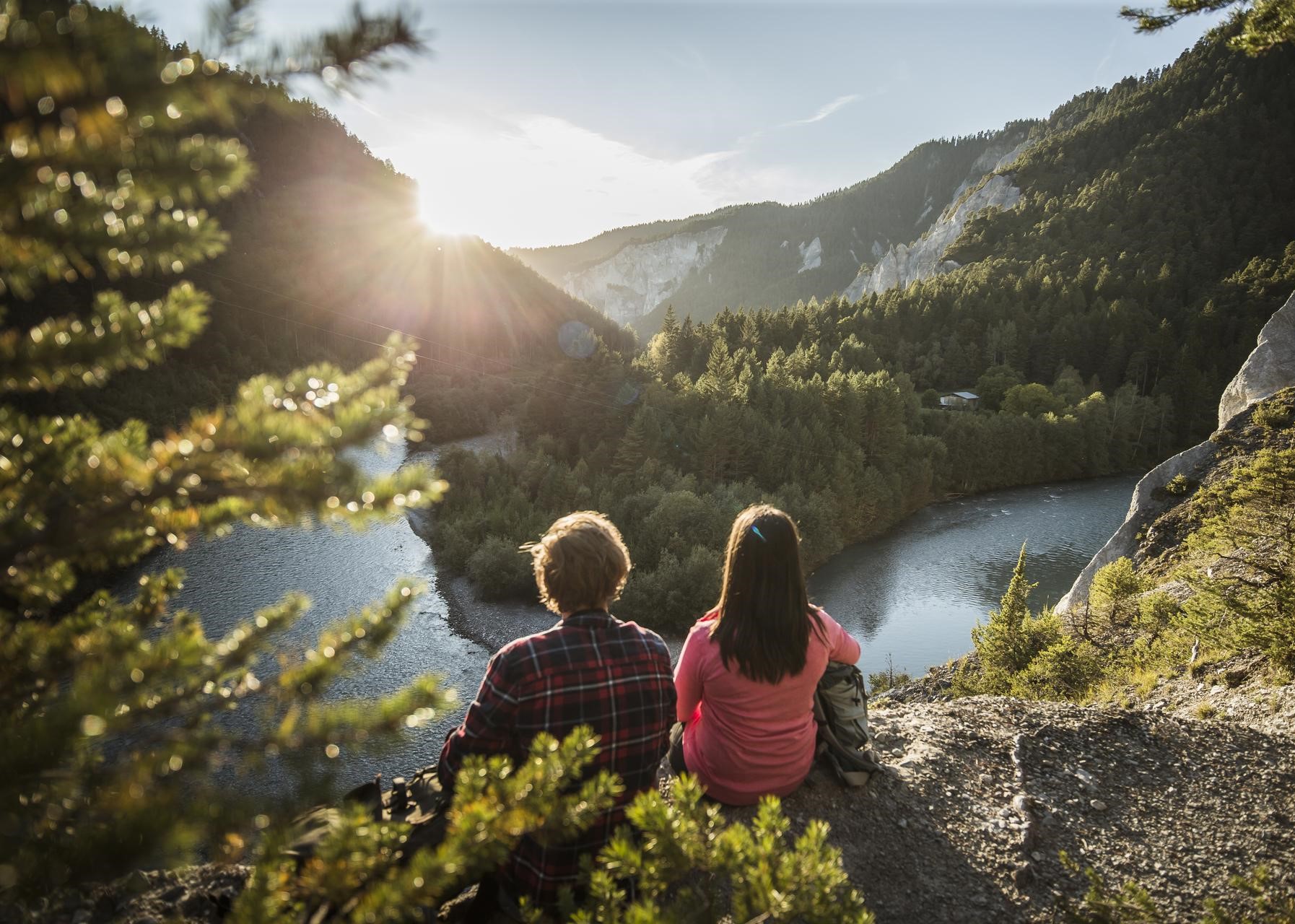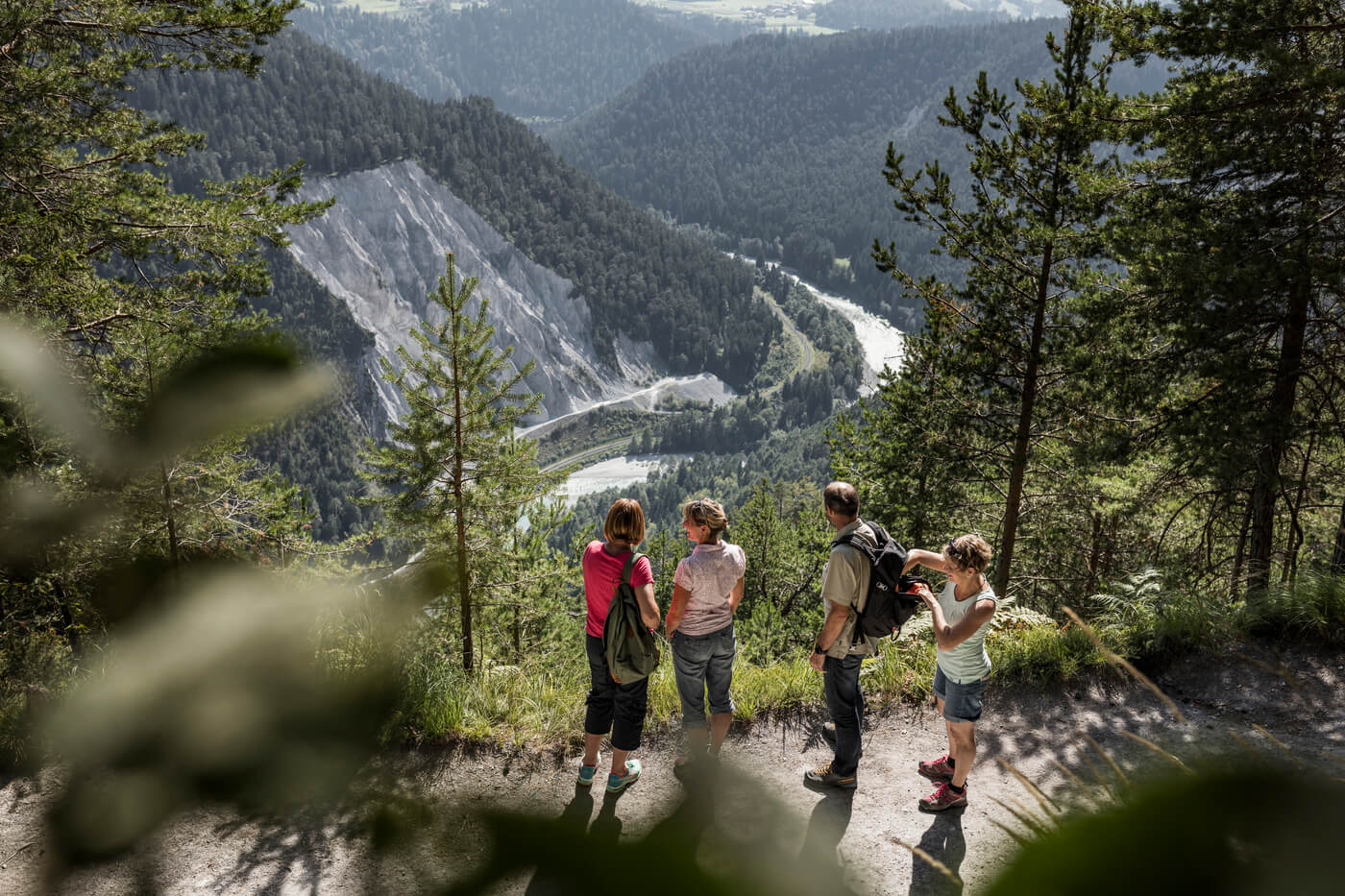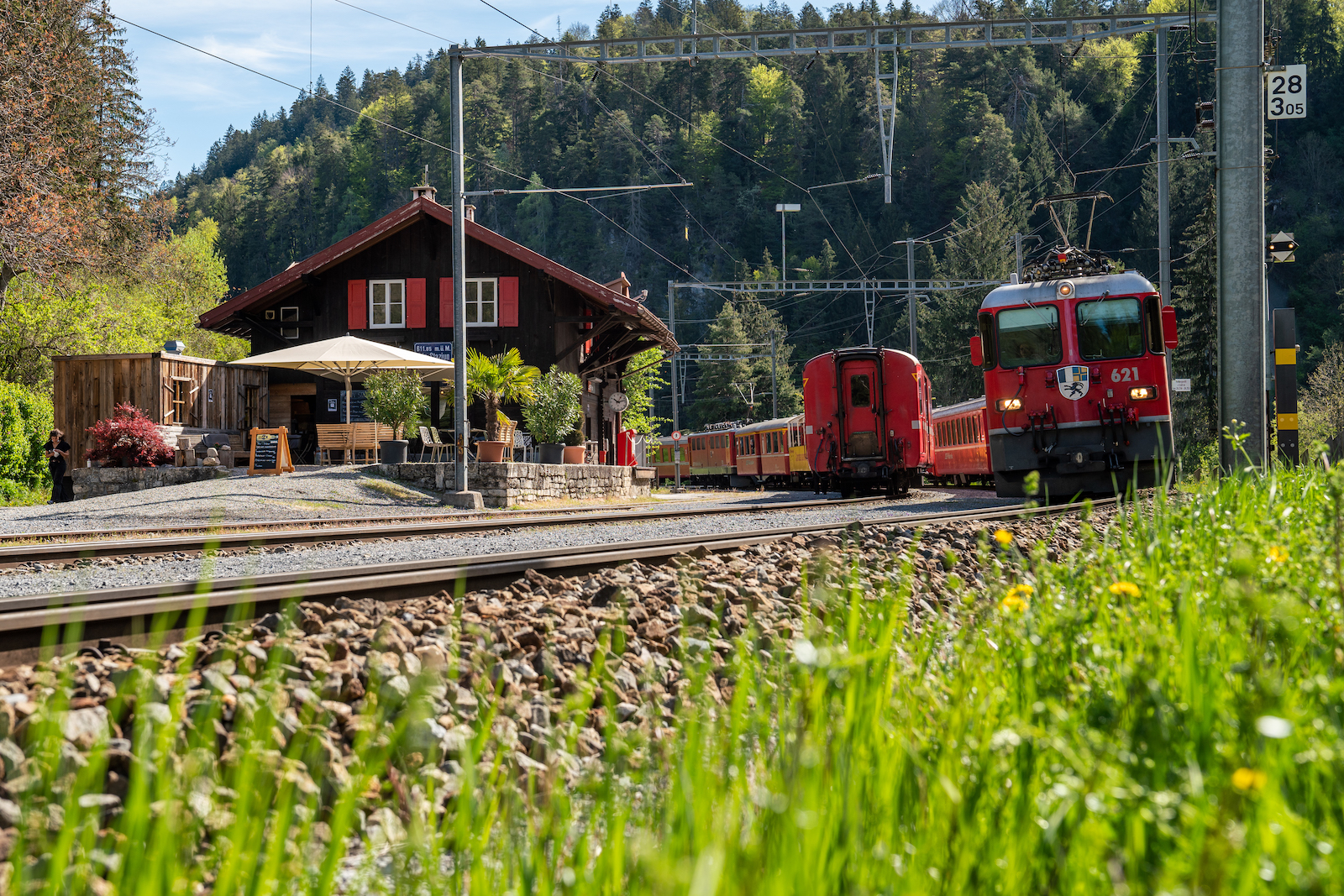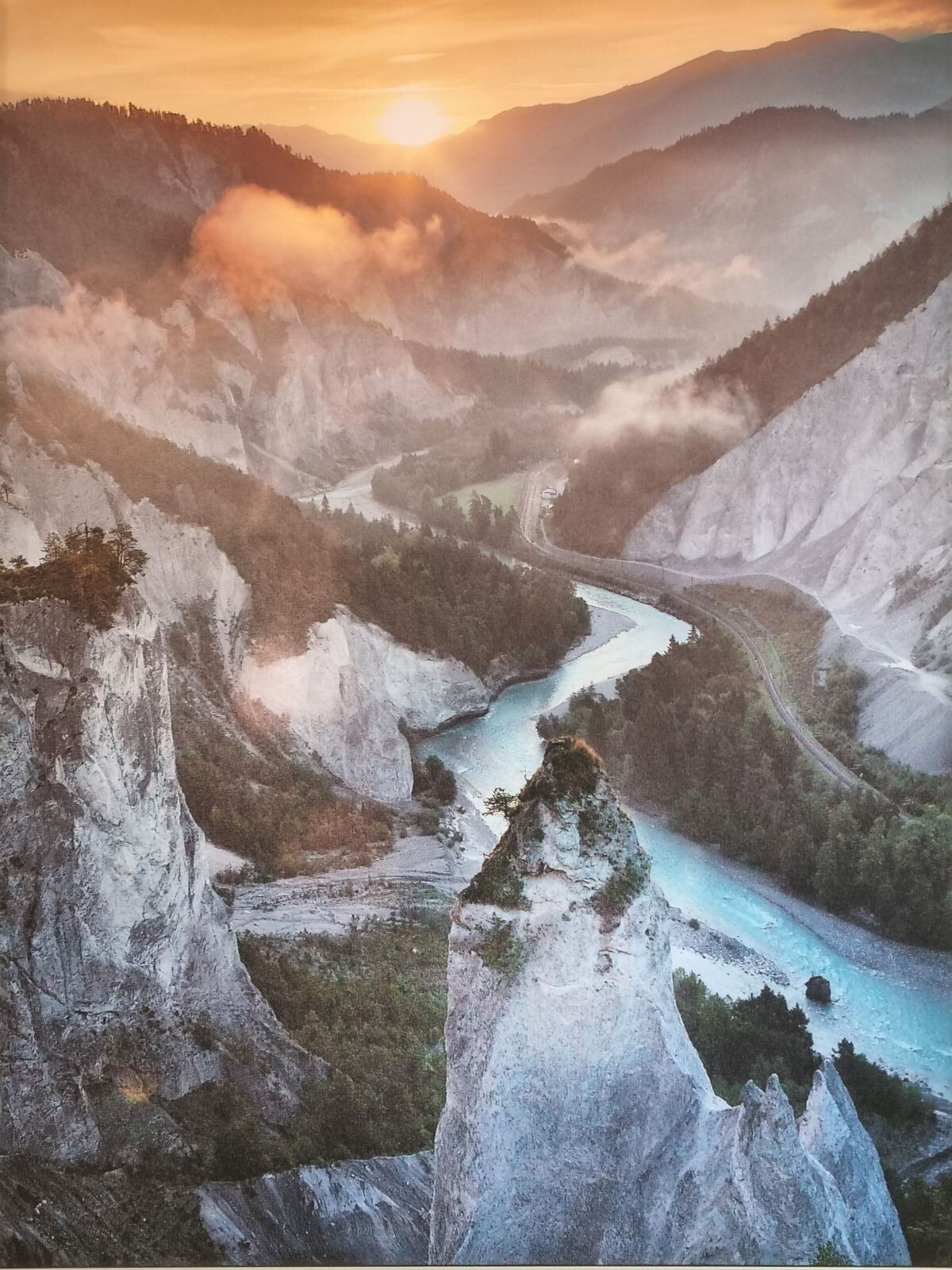Native Orchids
Native orchids prosper in very different locations. Some like it dampish, others prefer it dry. However, they can only survive if their habitat is not intensively fertilized and this applies to all of them. All orchids rely on soil fungus (Mycorrhiza) for germination. It takes weeks to months for the orchid seeds to mature, depending on the species. Mowing too early prevents the seeds from spreading. They are only found on low-nutrient soils. It often takes years before a seedling blooms for the first time. Wild orchids are protected and may not be picked.
Terraviva
Referenzen.
Einen Einblick über das Tun und Wirken von Terraviva vermitteln Ihnen die aktuellen und abgeschlossenen Projekte.
Lady’s Slipper Orchid
The lady’s slipper orchid forms vigorous plants up to 60 cm high, which often grow side by side. From mid-May to mid-June, the distinctive flowers shine in the heather-pine forests. It “catches” insects that pollinate the flower in search of an exit in its yellow trap, which is formed like a bowl. It takes about 4 years for the first leaf to appear from a seed and up to 16 years before the first flower appears.
Red Helleborine
From the beginning of June to the beginning of August, the red helleborine can often be discovered. The 30 to 60 cm tall plants have up to fifteen acuminated, pink flowers. The red helleborine also likes the light, warm heather-pine forests of the Rhine Gorge. It is one of the most common orchids in the Rhine Gorge and is easily recognizable from the trails.
Terraviva
Referenzen.
Einen Einblick über das Tun und Wirken von Terraviva vermitteln Ihnen die aktuellen und abgeschlossenen Projekte.
White Butterfly Orchid
If you walk observantly through the Rhine Gorge, you can discover the wispy white butterfly orchid from mid-May to mid-June. The pedicel carries the loosely arranged, delicate, white flowers, which attract moths for pollination at night with their scent. The moths can reach the nectar in the 2 cm long spur with their proboscis.
Common Twayblade
The modest, unremarkable common twayblade is usually found in groups. They are often not noticed due to their very small, green flowers. As the name suggests, they usually have exactly two oval leaves with flashy veins towards the leaf tip. The common twayblade likes moist soils and can often be found in the riverside forests of the Rhine Gorge.
Dark Red Helleborine
In the sunny piles of debris, from June to August, the dark red helleborine with its vermeil flowers puts itself on display. With a bit of luck, beauties up to 80 cm tall can be discovered. During growth, the tip of the blossom hangs down. Only before it blooms the stem is set upright completely and the flowers begin to open bottom up.
Bird’s Nest Orchid
As a parasite, the bird’s nest orchid feeds exclusively on a fungus (mycorrhiza). For this reason, it does not need chlorophyll and is often not recognized as an orchid. Subterranean, it forms bird’s nest-like roots, to which it owes the name bird’s nest orchid. The bird’s nest orchid feels most at home in shadowy mixed coniferous or broadleaf forests.
Fly Orchid
The fly orchid, which is often only 15 cm tall, can be seen with a skilled eye. The fly orchid is one of the typical decoy flowers. They attract male wasps for pollination by emitting a sexual hormone and their female-like appearance. The graceful plant can be discovered between the end of April and the end of July.





